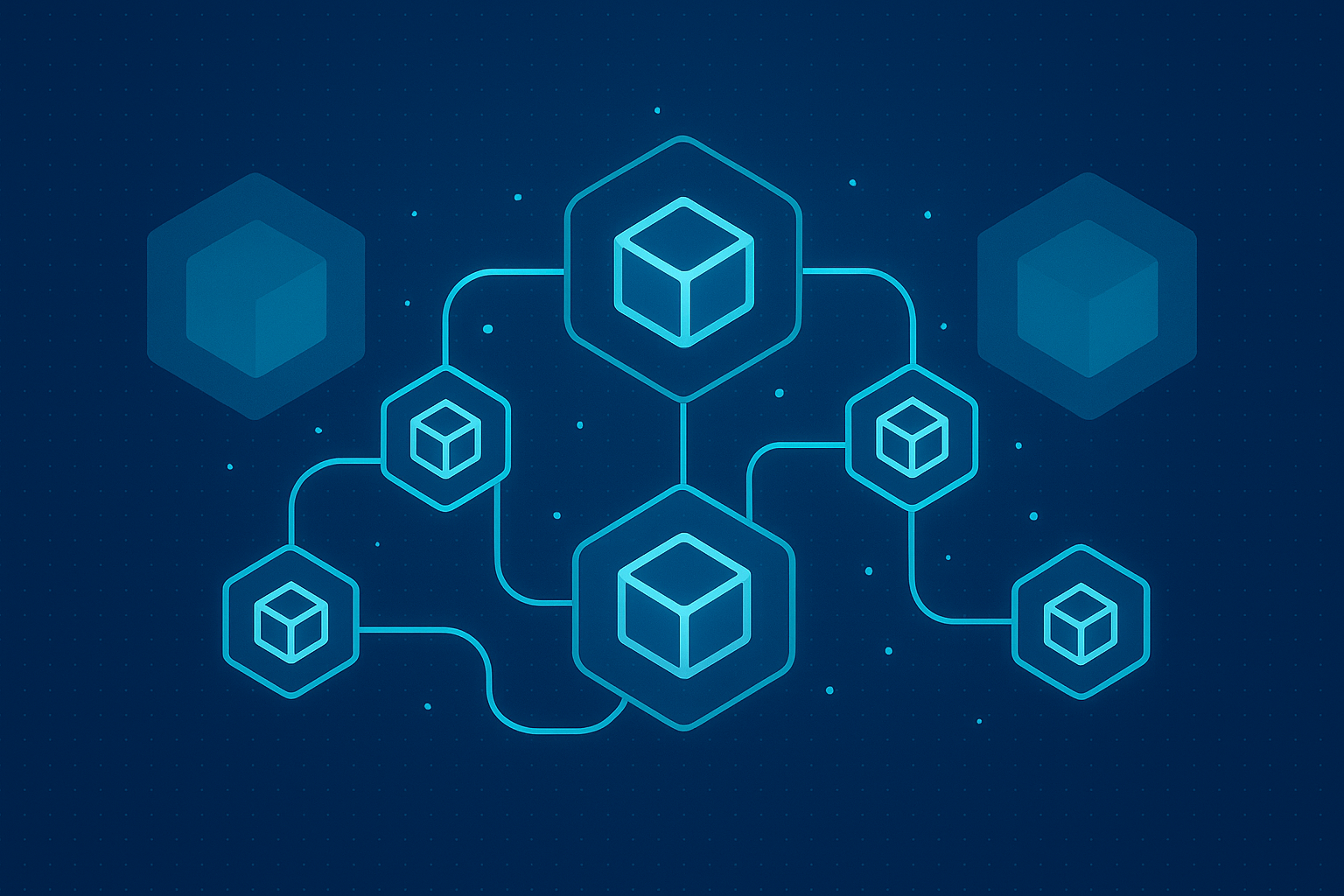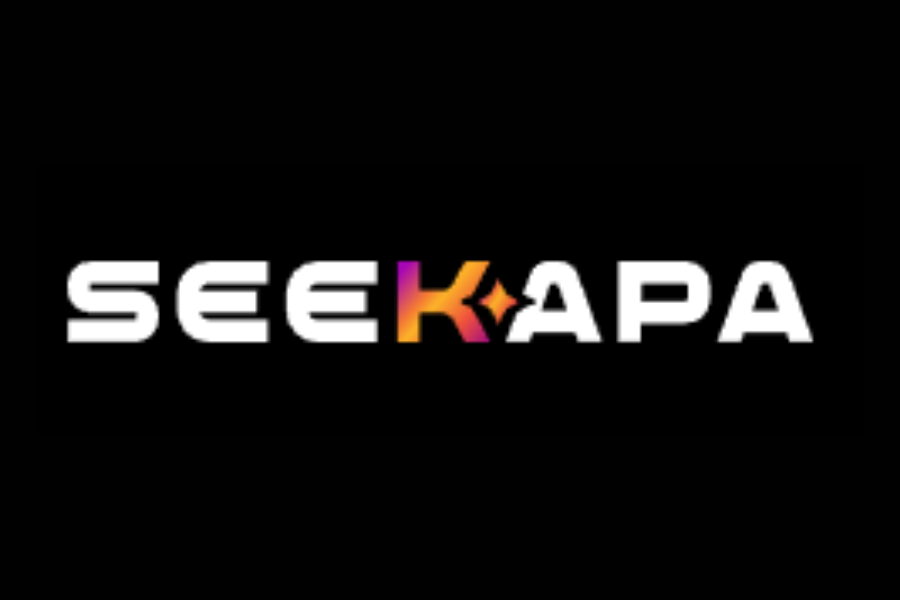Blockchain Technology
The Next Phase Of Blockchain: Interoperability Between Networks

Introduction
The blockchain industry is entering a new chapter that many believe will define the next decade of innovation. Since Bitcoin’s launch in 2009 and Ethereum’s smart contract revolution in 2015, blockchain technology has evolved in leaps and bounds. Yet, despite the explosion of projects, tokens, and decentralized applications, a critical problem persists — most blockchains remain isolated from one another. This lack of connection has created what experts often call a “fragmented blockchain landscape.”
The solution now emerging to address this challenge is blockchain interoperability — the ability for separate blockchain networks to exchange information, value, and functionality directly. This is not just a technical upgrade; it is the foundation for an entirely new level of blockchain adoption, where users and developers are no longer restricted to a single network’s limitations.
Understanding Blockchain Interoperability
Blockchain interoperability refers to the set of technologies, protocols, and standards that allow different blockchains to interact with each other without relying on centralized intermediaries. In its simplest form, it enables a transaction initiated on one blockchain to trigger an event on another blockchain.
For example, a user might hold Bitcoin but want to participate in a DeFi protocol that only accepts Ethereum-based assets. Without interoperability, the process involves centralized exchanges or token wrapping services, which can introduce delays, costs, and security risks. With interoperability, however, the transaction can occur seamlessly, enabling the Bitcoin to be represented and used directly on Ethereum without compromising decentralization.
Why Interoperability Matters For Blockchain’s Future?
The current blockchain ecosystem is akin to having dozens of separate internets that do not talk to each other. Each chain has its own rules, smart contract capabilities, transaction formats, and consensus mechanisms. While this diversity fosters innovation, it also creates data silos.
Key reasons interoperability is crucial include:
User Experience – New users often find it complicated to navigate between blockchains. Interoperability can make onboarding smoother by allowing assets and data to move freely.
Liquidity Efficiency – Currently, liquidity is scattered across different blockchains and DeFi protocols. Cross-chain systems can consolidate liquidity, reducing slippage and volatility.
Scalability of Applications – Developers can build applications that tap into the strengths of multiple blockchains simultaneously, increasing functionality.
Enterprise and Government Adoption – Interoperability enables integration between private enterprise blockchains and public decentralized networks, a must-have for real-world use cases.
The Rise Of Cross-Chain Protocols
Several projects are leading the interoperability charge, each with its own unique approach:
Polkadot – Designed to connect multiple blockchains, known as parachains, through its Relay Chain.
Cosmos – Uses the Inter-Blockchain Communication (IBC) protocol to connect different blockchains in its network, known as zones.
Chainlink CCIP – A decentralized oracle service that can bridge smart contracts across chains.
LayerZero – A lightweight messaging protocol enabling dApps to communicate across chains without creating redundant infrastructure.
These platforms are not just theoretical solutions; they are actively powering decentralized exchanges, NFT marketplaces, and lending platforms that operate across multiple chains today.
Interoperability In DeFi And Beyond
The Decentralized Finance (DeFi) sector has been one of the fastest adopters of cross-chain technology. Early DeFi protocols were bound to Ethereum, but as congestion and high fees became problems, developers and users started migrating to faster chains like Binance Smart Chain, Avalanche, and Solana.
With interoperability, DeFi platforms can pool liquidity from multiple blockchains and execute trades without requiring wrapped tokens. This reduces friction and eliminates certain types of security vulnerabilities.
Beyond DeFi, interoperability has promising implications for:
Gaming and the Metaverse – In-game assets stored on one blockchain could be used in games or virtual worlds hosted on another.
Supply Chain Management – Private blockchains used by enterprises can connect to public chains for transparency and auditability.
Healthcare – Patient records stored on secure, private blockchains could be accessed (with permission) by different providers across jurisdictions.
Security Challenges In Interoperability
While interoperability is exciting, it also introduces new security concerns. Cross-chain bridges have historically been one of the most targeted areas for hackers, with several high-profile exploits costing billions of dollars.
Security challenges include:
Smart Contract Vulnerabilities – Bugs in bridge protocols can be exploited to mint or release unauthorized tokens.
Consensus Mismatches – Different chains use different consensus algorithms, which can cause issues in verifying cross-chain transactions.
Centralization Risks – Some interoperability solutions rely heavily on a small set of validators, introducing potential single points of failure.
Addressing these challenges is critical to ensuring that interoperability does not compromise blockchain’s core principles of trustlessness and decentralization.
Standards And Governance For Interoperability
Just as the internet became universal due to shared standards like TCP/IP and HTTP, blockchain interoperability will require agreed-upon protocols. Organizations like the Blockchain Interoperability Alliance and initiatives from bodies such as ISO are working toward these common standards.
Governance also plays a key role. Decentralized Autonomous Organizations (DAOs) can manage interoperability protocols in an open and transparent manner, ensuring no single entity controls cross-chain transactions.
The Role Of AI In Blockchain Interoperability
Artificial Intelligence (AI) is starting to play a role in optimizing cross-chain operations. AI algorithms can monitor blockchain networks in real time, detect anomalies in bridge operations, and predict transaction delays. This can significantly improve the safety and efficiency of interoperability protocols.
For instance, AI-driven smart routing systems can identify the fastest and cheapest path for a cross-chain transaction, much like internet routing protocols determine the best path for data packets.
Looking Ahead: The Interconnected Blockchain Future
Experts predict that within five to ten years, blockchain interoperability will be as standard as internet connectivity is today. In such a future, the average user will not even know which blockchain they are using — transactions will occur in the background, and interfaces will simply deliver results.
This vision aligns with the broader goal of Web3: creating a decentralized, user-controlled internet. Interoperability is a crucial stepping stone in that journey, ensuring that blockchain networks work together rather than in isolation.
Conclusion
The next phase of blockchain is not about creating yet another standalone chain; it is about connecting the ones we already have. Interoperability stands to eliminate fragmentation, unlock new business models, and push blockchain technology into mainstream adoption.
Just as the internet’s power came from linking disparate networks into a single global system, blockchain’s true potential will be realized when its many ecosystems operate in harmony. While technical, security, and governance challenges remain, the momentum toward an interconnected blockchain world is accelerating — and it may be the most transformative development the crypto space has seen since the invention of smart contracts.











